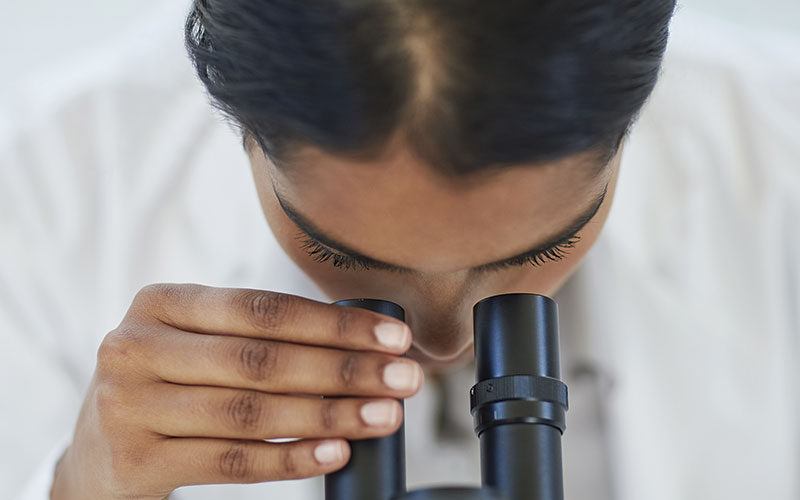Lynda Rigby, IBMS Executive Head of Marketing and Membership, on how the Institute has been working with the Science Council to benchmark its performance on diversity and inclusion.

For the first time, professional bodies across engineering and science have joined forces to benchmark their performance on diversity and inclusion (D&I). A total of 20 professional engineering institutions (PEIs) and 21 scientific bodies self-assessed their performance in eight areas of professional body activity.
These were: governance and leadership; membership and professional registration; meetings, conferences and events; education and training, accreditation and examinations; prizes, awards and grants; communications, marketing, outreach and engagement; employment; and monitoring and measuring.
The results
Findings from the exercise show that overall in the sector:
- Governance and leadership is an area of strength
- D&I performance is weakest in education and training, accreditation and examinations, and in prizes, awards and grants
- Women are better represented on boards, as chairs of board committees and in the membership of science professional bodies than PEIs
- Black, Asian and minority ethnic (BAME) people are better represented on the boards of PEIs than of scientific professional bodies, although very few of the participating professional bodies across engineering and science have any BAME people in senior staff leadership positions
- Patterns of self-assessment are very similar across both sectors, but more data and resources are needed to continue the work of monitoring and development.
Representation
The benchmarking exercise, led by a collaboration between the Royal Academy of Engineering and the Science Council, is based on a Diversity and Inclusion Progression Framework, developed to support professional body commitment to long-term action on D&I, and complement the traditional focus on increasing the numbers of employee from diverse backgrounds.
Almost all professional bodies provided data on the representation of women on their boards, in their memberships and in employment within their organisations.
Women are well represented, both on boards and in their employment, with more than half having over 30% female board members and 50% female employees. However, there are significant differences in female representation within the memberships of engineering and science professional bodies at 13% and 34%, respectively. This is likely to reflect the fact there are more women going into science than into engineering.
Around half of the organisations submitted data on representation of BAME people within their membership and employment. Across 19 professional bodies, BAME people make up more than 11% of employees; and across nine of them, they make up more than 10% of the membership.
Address findings
The Royal Academy of Engineering and the Science Council have now brought together their respective engineering and scientific professional bodies, to begin the process of addressing findings and recommendations from the report.
As part of project the IBMS also received an individual report on its progress in D&I; which has been a stream of work within the Membership and Marketing Committee (MMC) since 2014.
The report also provides some feedback on strengths, areas for development and recommendations for action on diversity and inclusion in organisations (see box).
Copies of the IBMS report can be found at ibms.org The overall Scientific Bodies Benchmarking Report has been published on the Science Council website – sciencecouncil.org
IBMS Feedback
IBMS strengths
- Having a good foundation for leadership and governance of diversity and inclusion – have named responsible people for leading diversity and inclusion and include it as a regular item on MMC agenda.
- Communicating our commitment to diversity and inclusion and growing the diversity of our membership. Gathering data on gender and age demographics to support this ambition. Female membership in the IBMS (65%) is significantly higher than the benchmark for all participating organisations (24%) and scientific bodies (34%).
- Making a conscious effort to ensure that communications, marketing, outreach and engagement activities are inclusive and reflect diversity.
IBMS areas for development
- Building greater diversity and inclusion in IBMS employment.
- Using monitoring data to establish key performance indicators and monitor progress.
- Ensuring diversity and inclusion are embedded within the processes for prizes, awards and grants.
